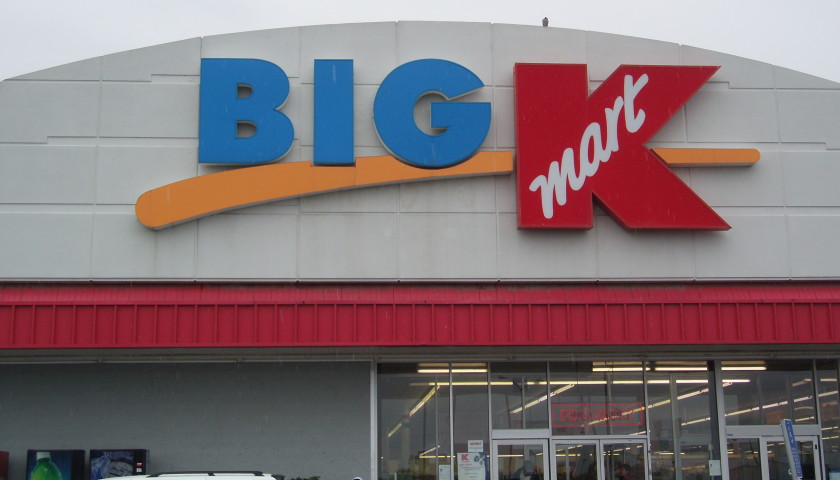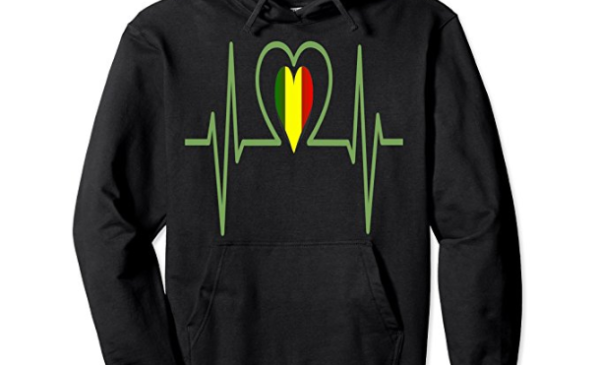Kmart Facts
Sears Holdings Corporation is the third largest retailer in the United States, behind Wal-Mart and The Home Depot. It was formed in 2005 by the purchase of Sears, Roebuck and Company of Hoffman Estates, Illinois by Kmart Corporation of Troy, Michigan.
The company operates 3,800 retail locations under the mastheads of Sears, Sears Grand, Sears Essentials, Kmart, Big Kmart, Kmart SuperCenter, The Great Indoors, Orchard Supply Hardware, and Lands’ End stores.
The company maintains its corporate headquaters in Hoffman Estates, and it maintains the Kmart brand from Michigan.
Kmart History
Sebastian S. Kresge founded the S.S. Kresge Corporation, the predecessor of Kmart, in 1899 in Detroit, Michigan. Kresge’s first retail establishment, a five-and-ten-cent store, resembled those operated by Frank Woolworth. The store grew into a chain known as ‘S. S. Kresge. By 1912, the chain operated 85 stores.
By the 1920s, Kresge operated larger stores that offered a wider variety of merchandise and prices—precursors of the modern discount store. The first Kmart department store opened in 1962 in Garden City, Michigan. A total of 18 Kmart stores opened that year.
Kmart became known for its “blue light specials’. At surprise moments, a store worker would light up a mobile police light and offer a discount in a part of the store. The phrase “attention Kmart shoppers” also entered into the American pop psyche. Kmart was also featured in the Oscar-winning 1988 film Rain Man, in which Tom Cruise and Dustin Hoffman both famously exclaim, “Kmart sucks!”
During the 1970s, Kmart put a number of competing retailers out of business. In 1977, S. S. Kresge Corporation changed its name to Kmart Corporation. In 1987, Kmart Corporation sold its remaining Kresge stores.
The first Big Kmart opened in 1996. The first Super Kmart Center opened in 1991 in Medina, Ohio.
Kmart Merger
On November 17, 2004, Kmart Corporation announced its intentions to purchase Sears, Roebuck and Company; the purchase was billed as a merger of equals. As a part of the merger, Kmart Corporation would change its name to Sears Holding Corporation. It announced at the time that it would continue operate stores under both the Sears and Kmart brands.
The two companies cited several reasons for combining forces:
- Sears had begun investing in new, larger off-mall stores, called Sears Grand stores.
- Earlier in the year Sears had purchased dozens of current Kmart locations; the merger permited the combined company to accelerate that process.
- Proprietary brands held by both companies could be made more accessible to their target demographics by leveraging their combined real estate holdings. This was estimated to be an expected $200 million a year in revenue synergies. At least $300 million a year in cost savings was expected annually, particularly in the supply chain and in administrative overhead.
- The establishment of a shared customer-focused corporate culture between the two companies was estimated to yield improvements in revenue per unit area.
- Preservation of two brands after the merger allowed Sears Holding to continue focusing on different customer demographics, without alienating either group.
The new company would directed by a board of directors comprised of members from the two companies: seven members from Kmart’s board, three from Sears’. Shareholders in Kmart Corporation received one share in the new company. Shares of Sears, Roebuck and Company stock was converted into a combination of 55% stock and 45% cash (at $50 a share).
Stockholders had a choice of receiving either stock or cash, subject to the pre-defined ratio. The merger was completed on March 24, 2005, after receiving regulatory approval from the government and approval by shareholders of both companies.
Kmart Today
Sears Holding continues to operate stores under the Sears and Kmart mastheads. In 2005, Sears introduced a new store format, called Sears Essentials; Some Kmart locations are to be converted to the Sears Essentials format, while new locations will also be built. This new store format combines the Sears store concept with the Kmart format, which allows the company to better compete with Wal-Mart and Target.
In 2005, Nike announced that it would no longer allow its products to be sold in Sears stores. Analysts speculated that Nike did not want its shoes and apparel sold in Kmart stores, and terminated its sales agreement with Sears Holding to prevent this.
Sears Holding has began cross-selling merchandise between its two brands. For example, Craftsman tools are now available in Kmart stores; they were previously exclusive to the Sears brand.
Sears Holding owns 55% of Sears Canada, a large department store chain in Canada, similar to the U.S. stores. Like Target stores, Kmart-branded stores in Australia belong to Coles Myer; Coles Myer also holds the rights to the Kmart brand in New Zealand.
Because Kmart Corporation changed its name to Sears Holdings and because it is converting some Big Kmart stores to Sears Essentials stores as a test, there is speculation that Sears Holdings may drop the Kmart name all together in the next decade


![Fashion Looks for Christmas [Video] Fashion Looks for Christmas [Video]](https://www.couponsdigest.com/wp-content/uploads/2017/08/Walmart-back-to-school-supplies.png)
![Plus Size Clothing Haul [Video] Plus Size Clothing Haul [Video]](https://www.couponsdigest.com/wp-content/uploads/2017/07/OldNavy.com-Back-To-School-Supplies-600x365.png)
